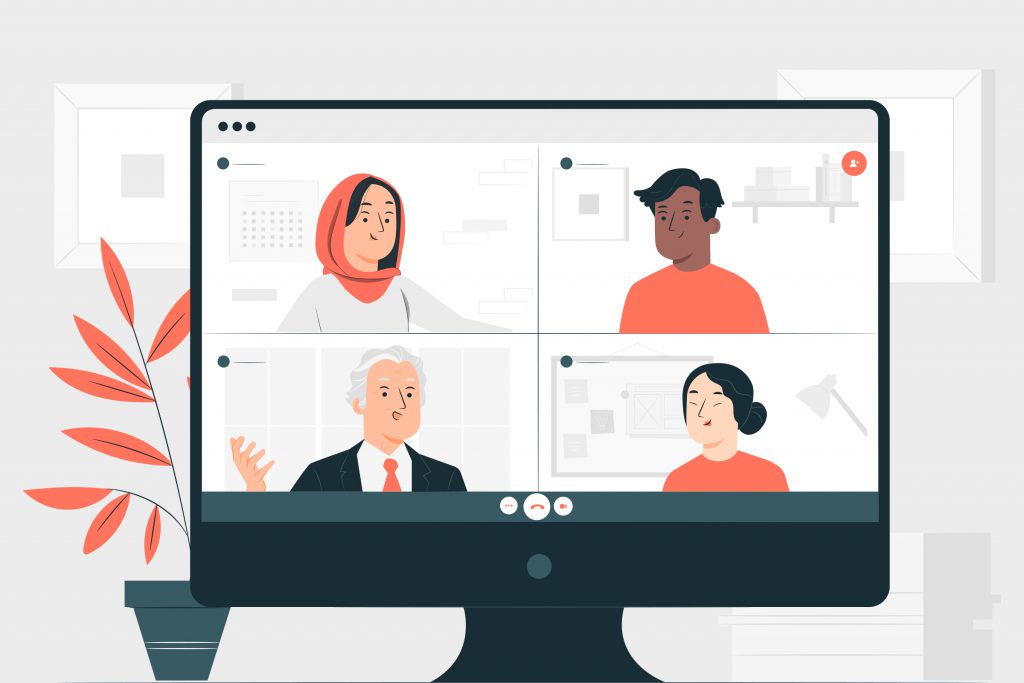A company that has workplace diversity is composed of employees with varying characteristics, such as race, language, education, personal upbringing, etc. Many businesses work to achieve this kind of environment because it’s beneficial—for the employers, the employees, and the company as a brand.
Types of Workplace Diversity
Race and ethnicity used to be the only spectrums considered when talking about workplace diversity. It has expanded to include more characteristics such as:
- Sexual orientation
- Age
- Civil status
- Income
- Skills
- Religion
- Political beliefs
- Language
- Physical abilities and disabilities
Diversity and Inclusion (D&I)
The topic of workplace diversity is rarely discussed without inclusion. Diversity and inclusion (D&I) work hand-in-hand. It’s not enough to create a workplace with a diverse set of employees; you must also foster an environment of inclusion to reap the full benefits of diversity.
Inclusion doesn’t automatically follow within a diverse workplace, so, as a business owner, employer, or manager, you must actively make your employees feel valued and provide them opportunities to grow.
Benefits of a Diverse Workplace
A diverse and inclusive workplace gives companies a competitive edge, posing tangible benefits seen in improved company performance. Some reasons why companies are striving to expand diversity include:
Getting a Variety of Perspectives
Since a diverse workplace is made up of a mix of different characteristics, teams often present a variety of perspectives. This gives your company a richer pool of ideas, which is valuable during brainstorming and strategy-building.
This assortment of perspectives also opens opportunities for creativity, with employees becoming motivated to think outside the box.
Higher Employee Engagement
Diverse workplaces often see increased employee engagement. It’s simple: when employees feel included, they are more empowered to participate at work.
Boosted Sales and Revenues
Research shows that, thanks to increased creativity, higher employee engagement, and a rich variety of skills and experiences, companies with workplace diversity enjoy boosted profits at a higher percentage than the national average.
Reduced Employee Turnover
Employees who feel accepted and valued are less likely to leave, so diverse and inclusive workplaces usually see reduced employee turnover. Additionally, companies that promote the growth of their employees will have a higher retention rate than those that don’t.
Workplace diversity is a top priority for new hires, too. So this also results in a higher volume of better candidates.
Better Brand Reputation
Increasingly, people value diversity and responsibility, especially when it comes to brands that they support. Companies that have diverse workplaces show that they’re socially responsible, interesting, and relatable. This improved brand reputation can translate to a wider market.
How to Foster Workplace Diversity
For workplace diversity to be the most beneficial, you must build an inclusive environment by choosing candidates fairly, creating relevant policies, keeping communication lines open, investing in employees, and proactively finding solutions to challenges.
Hire From Diverse Talent Pools
The first step in creating a diverse workplace is to hire a mix of employees with different characteristics. Enter the hiring process with the goal of making hiring decisions based on skills and team contribution—that is, hiring for the role itself, without any biases.
Create a D&I Strategy
Creating a D&I strategy can help guide your company and its employees to foster workplace diversity—it is, after all, a team effort. A good strategy includes policies for work-related interactions, recruitment, and evaluations. It should also include opportunities for sensitivity training, especially for hiring managers.
Promote Open Communication
Open communication encourages openness and understanding, which are important especially between people with different backgrounds. Open channels for connection, and make sure that your employees are comfortable with one another.
Invest in Your People
Investing in your employees proves that you value their unique contribution to your company and that you wish to see them grow. This can motivate them to do a better job and stay for the long haul.
Recognize and Work to Solve Challenges
Workplace diversity poses several challenges such as conflicting beliefs, discrimination, etc. But you can prevent these from becoming big issues by proactively finding solutions to them and creating policies to ensure that they don’t happen again.
Workplace Diversity Is Essential
In the 21st century, workplace diversity is not just a commercial fad—it’s a necessity that companies must work towards achieving. You can make this goal more attainable by actively looking for a mix of professionals that bring different backgrounds to the company and by fostering an inclusive workplace.
The result is a positive working environment that translates into better productivity and growth across the board. Learn more about transparency in business, the definition.



